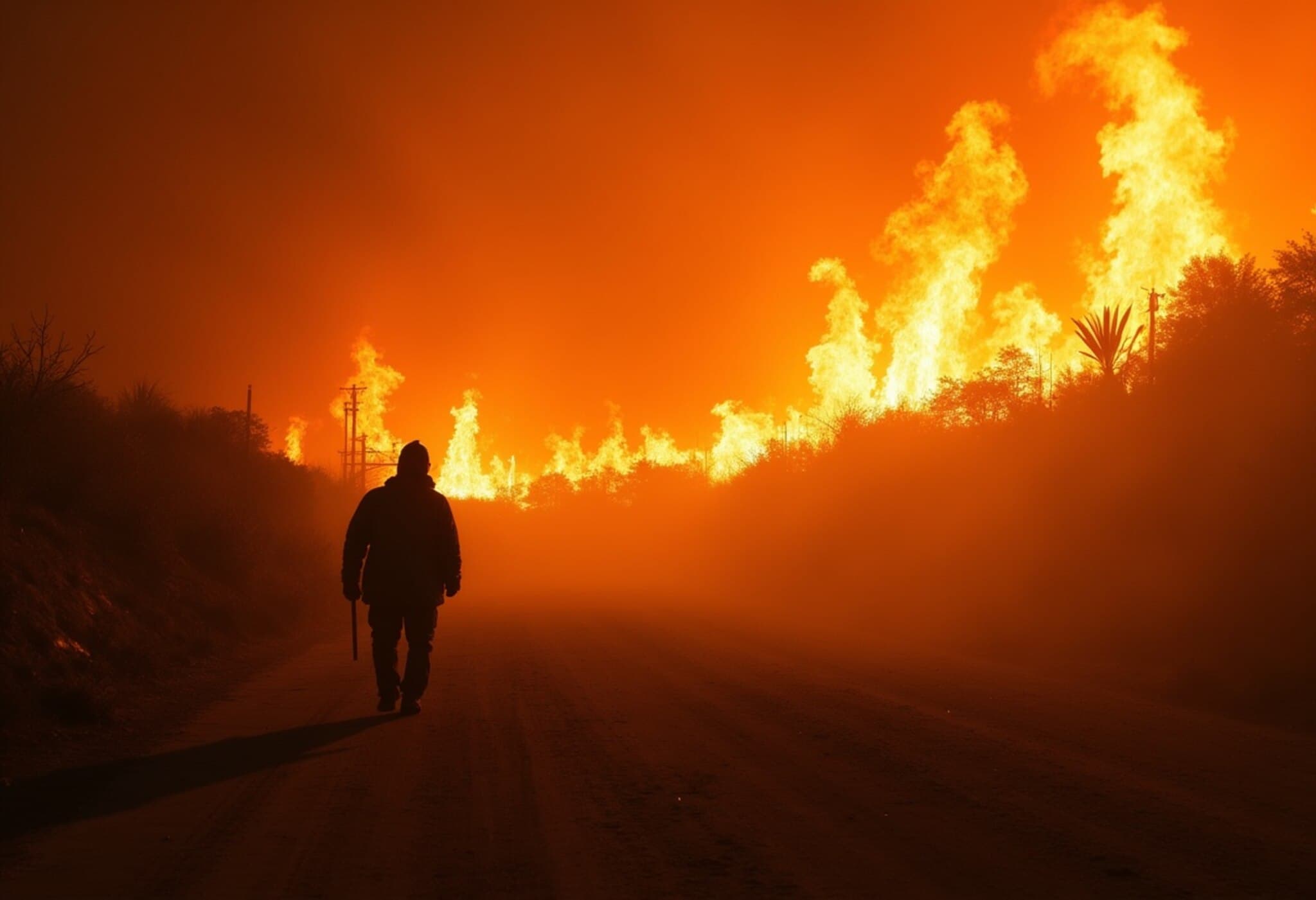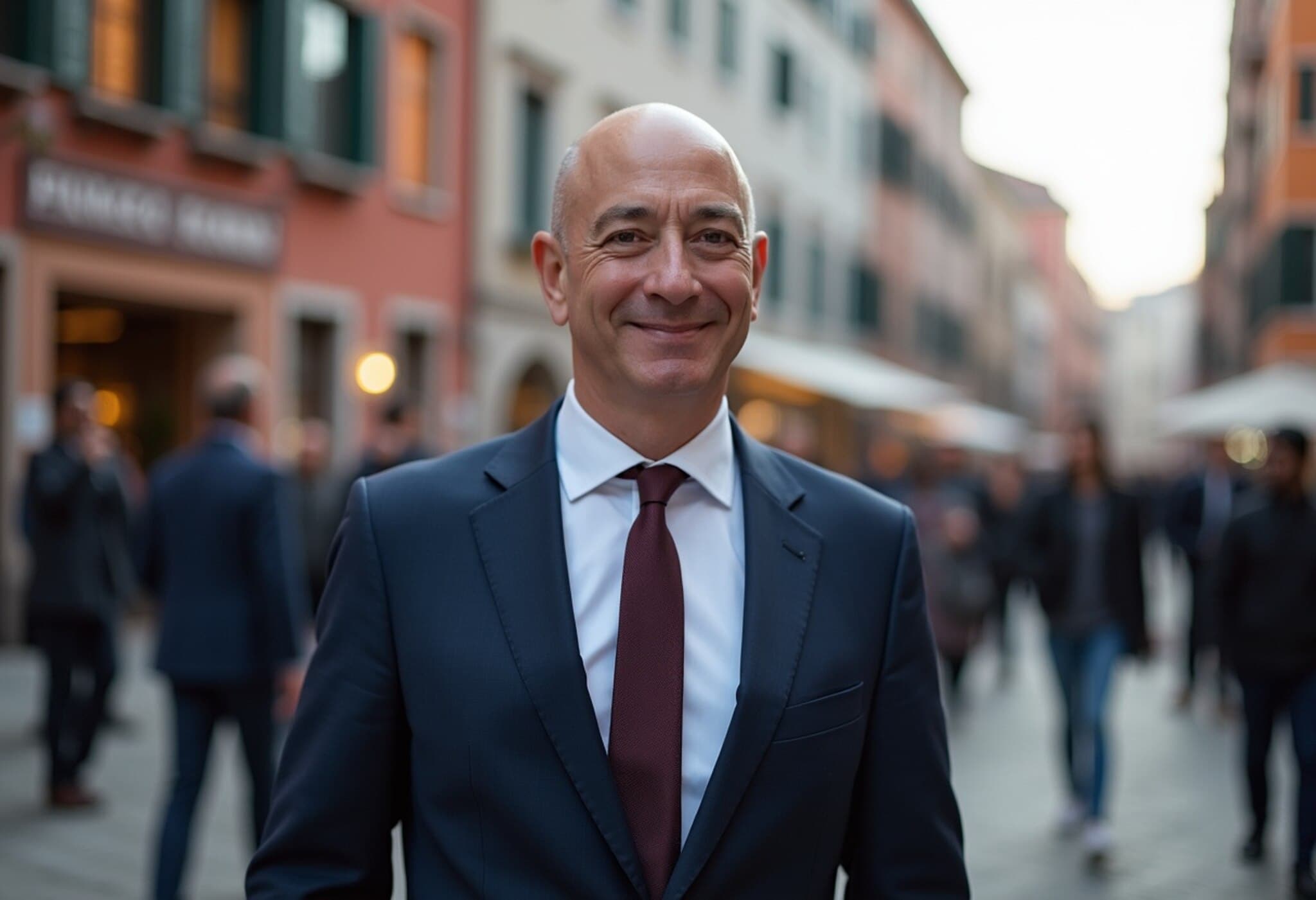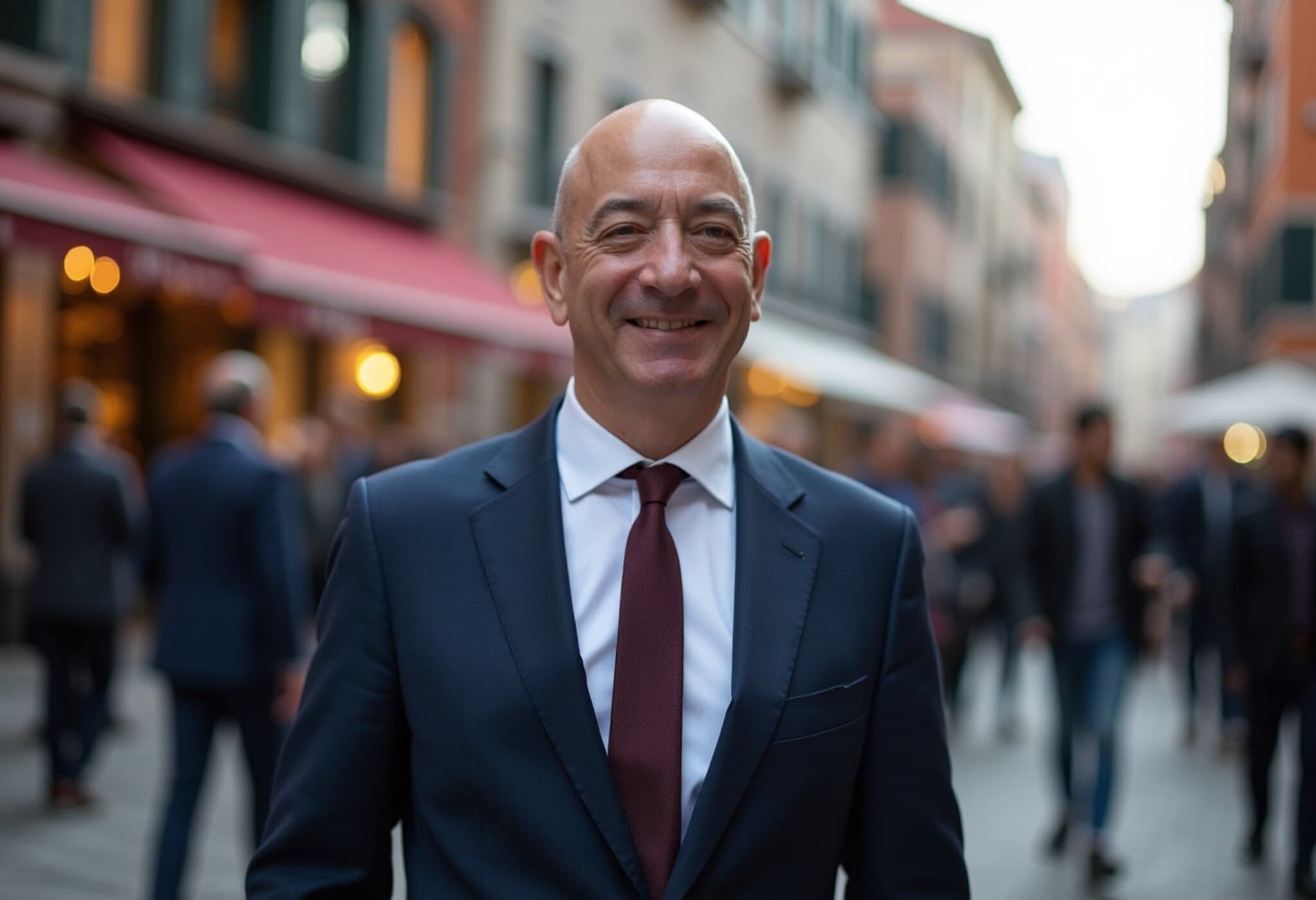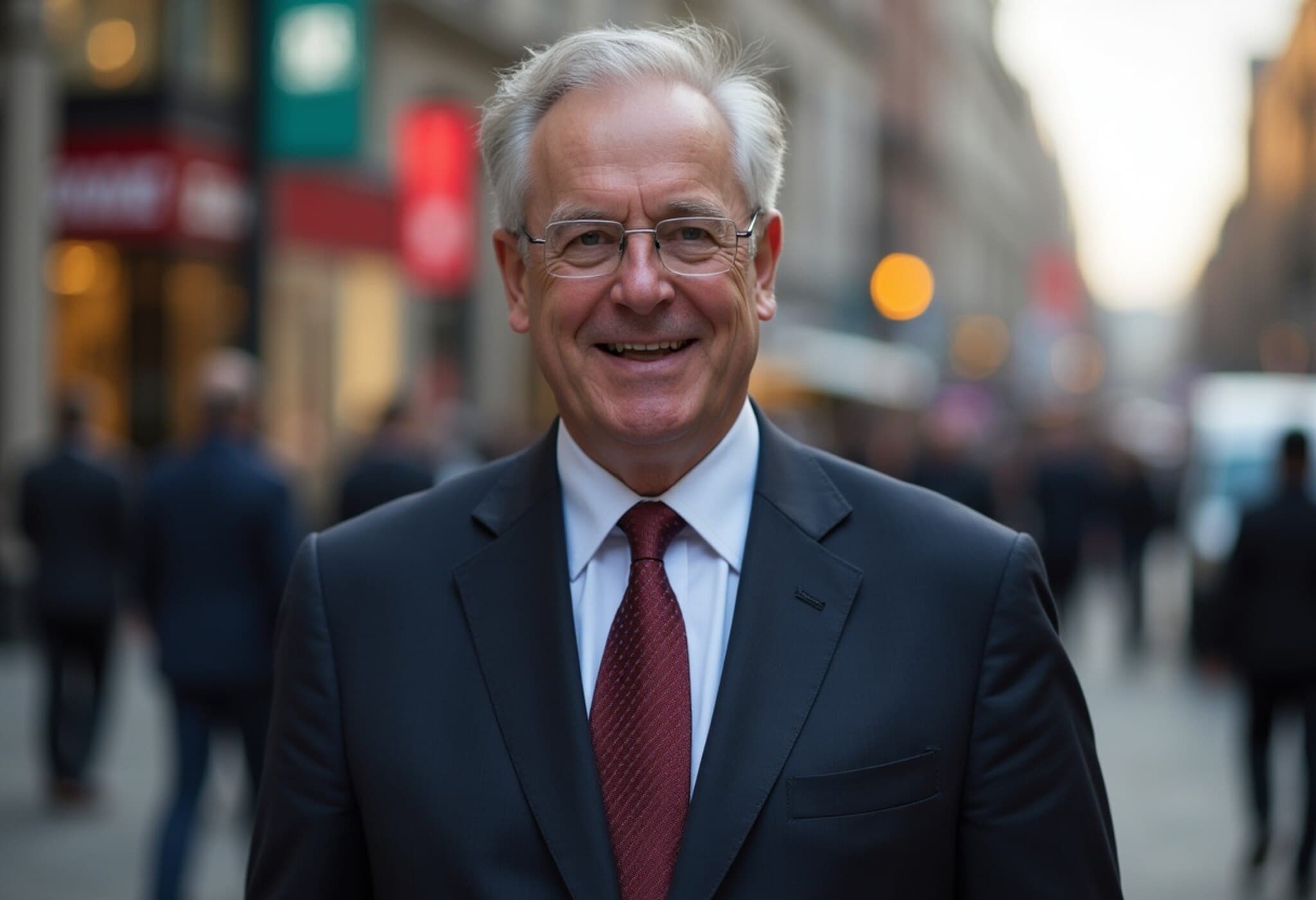Jeff Bezos Taps Former Amazon Leader for $10 Billion Climate Initiative
In a strategic move to bolster his environmental endeavors, Jeff Bezos has appointed Tom Taylor, a seasoned Amazon executive, to helm the Bezos Earth Fund, a $10 billion climate and biodiversity initiative aimed at tackling the global climate crisis.
From Alexa to Earth Fund: Taylor’s Leadership Journey
Tom Taylor, who retired from Amazon in 2022 after a 23-year tenure, previously led the company’s Alexa voice assistant division and oversaw Amazon’s third-party seller services. His deep operational expertise and history of scaling innovative projects make him a compelling choice to lead the Earth Fund.
In his own words, Taylor expressed enthusiasm for the role: “I am thrilled to join the Bezos Earth Fund and lead with the bold mandate to invent our way out of Earth's environmental challenges with a combination of long-term thinking, technical curiosity, and excellent execution.”
Inside the Bezos Earth Fund: Ambitions and Impact
Launched in 2020, the Bezos Earth Fund represents one of the most significant private-sector commitments to combat climate change and protect biodiversity. Its goal: to deploy its entire $10 billion capital by 2030 to support scientists, activists, and organizations dedicated to preserving the natural world.
To date, the fund has distributed approximately $2.3 billion in grants across more than 300 projects worldwide, illustrating an active commitment to catalyzing meaningful environmental progress. This ambitious philanthropy covers a wide spectrum—from protecting endangered ecosystems to advancing clean energy technology.
Leadership Change Signals New Phase for the Fund
Taylor’s appointment coincides with a shift in leadership designed to operationalize the fund’s mission as Bezos steps back from day-to-day roles at Amazon. He replaces Executive Director Mark Tercek, a former environmental think tank leader who guided the fund in its critical early years.
With Taylor’s blend of long-term vision, technological savvy, and management discipline, stakeholders anticipate a renewed push towards innovative grants and scalable climate solutions.
Broader Context: The Role of Philanthropy in Climate Action
Bezos, who transitioned to executive chair at Amazon in 2021, has increasingly focused his resources on environmental philanthropy, supplementing this fund with donations of Amazon shares and personal wealth. This reflects a broader trend where high-net-worth individuals are shifting capital to environmental causes amid growing societal and regulatory pressures on the private sector to address climate change.
However, critics continue to question the pace and impact of large philanthropic efforts compared to the scale of global climate challenges. Questions remain about how the Earth Fund’s grants translate into measurable outcomes and systemic change.
Looking Ahead: What Comes Next?
- Under Taylor’s leadership, the Bezos Earth Fund is expected to emphasize technology-driven solutions and scientific innovation.
- There will likely be increased engagement with policy advocacy and grassroots organizations to complement technology investments.
- Transparency and outcome measurement initiatives may ramp up to address public scrutiny on philanthropic effectiveness in climate.
Ultimately, this leadership transition marks a pivotal moment for one of the world’s largest private environmental funds, as it seeks to turn capital commitments into tangible progress against the climate crisis.
Editor’s Note
The appointment of Tom Taylor highlights the critical intersection of technology leadership and environmental philanthropy. His influx from a tech giant like Amazon to a climate-focused fund underscores how innovation, strategic management, and capital deployment must align to tackle complex global problems.
As the Bezos Earth Fund enters its next chapter, readers should watch for how this blend of corporate operational excellence and ecological stewardship shapes the pace and effectiveness of climate action philanthropy. It also raises broader questions about the role of private capital in complementing—and challenging—public sector climate policies in the U.S. and globally.



















